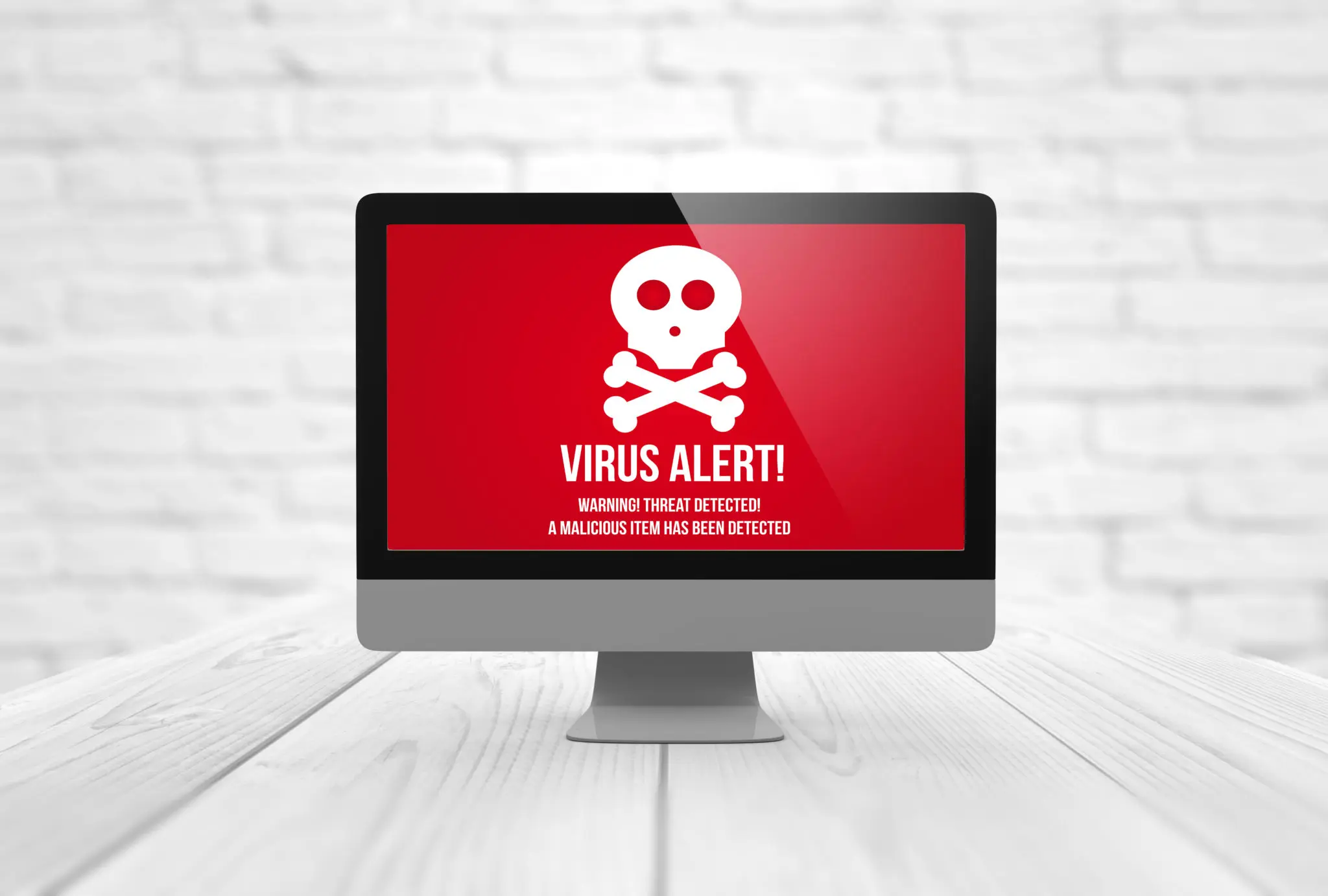Cyber Security: An Introduction to Malware
Malware is a common term used for the description of software viruses, Trojans, ransomware and spyware. Short for ‘malicious software’, malware has been plaguing homes and businesses since the dawn of the internet age.
What is malware?
It is a string of malicious code or script that causes undesired actions to happen to a computer.
Malware was originally designed for experimentation or pranks. However over the years it has developed into an effective tool for criminals and hackers. Even government bodies use malware to combat terrorism.
How does it get on my computer?
The most common ways of getting malware on your device is by visiting a malicious website, or activating a malicious link or attachment in an email.
Sometimes malware can be activated on non-malicious looking files such macros in an Excel or Word document, or via an email attachment from someone the user trusts.
What can malware do to a computer?
As malware is essentially an executable file or script. The possibilities are nearly endless. Common malware uses are:
Virus installation – Malware can be used to install a virus onto your computer. The sole purpose of a virus is to cause damage and spread itself. It may be able to email itself to all your contacts, delete files, overheat the computer’s hardware, which renders the computer useless , and installing spyware on the system.
Spying – The cyber-criminal can spy on your activity using things such as key loggers. They can even download the user’s internet history. They can even activate the webcam without the user knowing.
Encrypt or delete files – A recent trend is Ransomware, this is where a piece of malware is executed to install a paywall on a device and begin encrypting files. They then request payment to release the files otherwise they will be either deleted or remain encrypted unable to be used.
Rootkits and Backdoors – Some malware will install ways for the hacker to easily access the computer in future. The user’s personal files, images and documents will be at the mercy of the hacker.
Change your homepage or bombard you with ads – Malware is the most common way of infecting a computer with adware. This can hijack the user’s homepage to some random website which can’t be changed. It can also display several spam pop ups every time the user opens the internet browser.
It’s not only your computer at risk – Mobile device can also be infected, which can result in the battery draining quickly, your device running extremely slow and even leave the user with a huge phone bill if the attacker manages to install a dialler or script which dials out to a premium number without the owners knowledge.
Awareness and protection from malware is essential when storing personal files or operating small business’ from your home. Tools such as anti-malware software, backups and two factor authentication can all help add an effective level of security to your computer.
Get protected with Malwarebytes Anti Malware software
Malwarebytes offer a free trial (and a free version that doesn’t include realtime-protection) which can be downloaded here or you can find out more about the features of Malwarebytes via their website.
You can buy Malwarebytes online for instant delivery via a download link via their website and if you’ve got multiple computers there’s a discount if you purchase multiple licenses at the same time.


